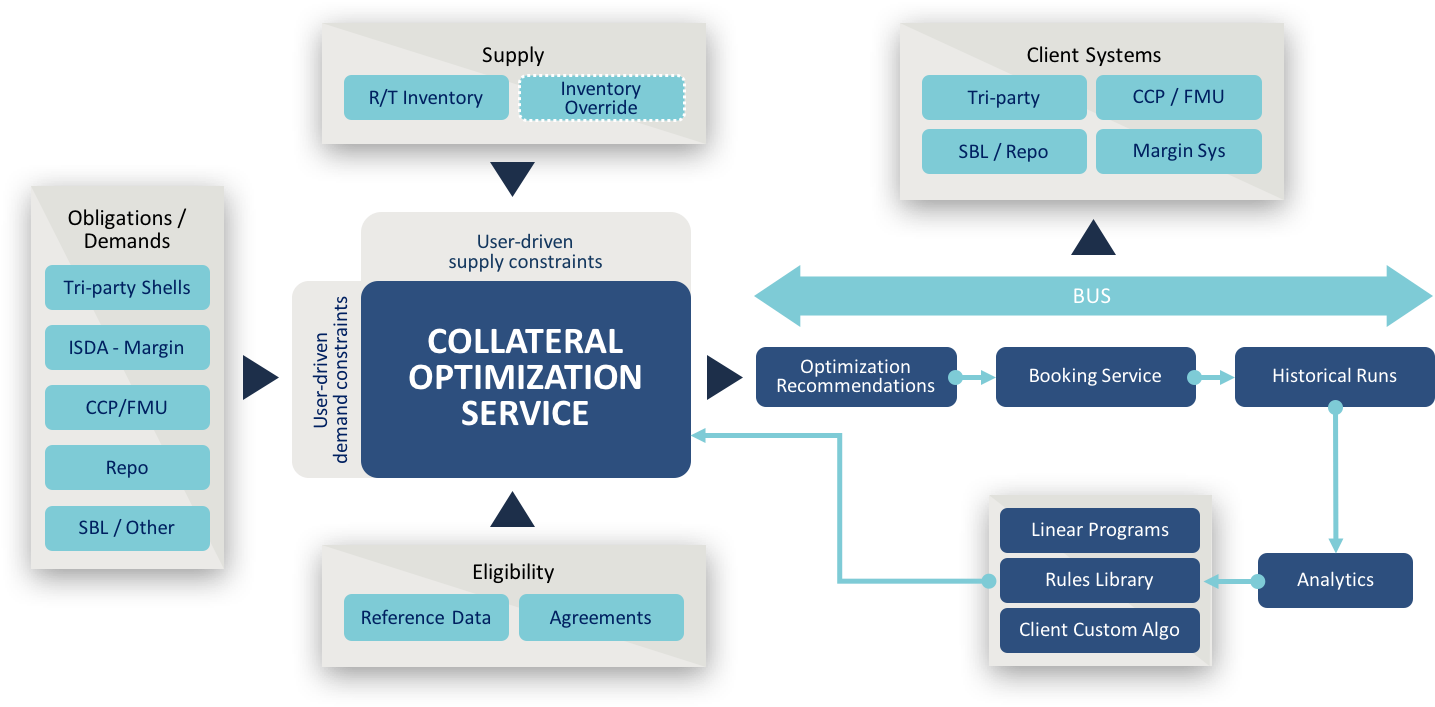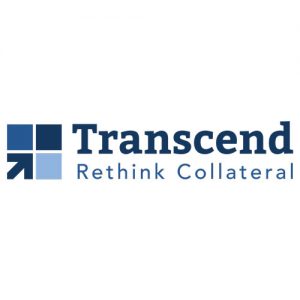The next level of operational efficiency will incorporate a deep view of connected data within organizations that will yield better efficiencies and optimization of capital through firm-wide decision making. Taking automated action on those decisions for Straight-through Processing will enable firms to achieve the desired efficiencies in a scalable manner. Getting there has its challenges, however. In this article we look at why many in the industry are embarking on this more sophisticated approach to operational efficiency, and identify three key strategies for ensuring success. A guest post from Transcend.
Data is at the heart of all new operations-focused ideas in the last few years. Unfortunately, while they all promise new levels of cost efficiencies, few have been implemented. This is because financial institutions are still grappling with how best to identify and execute on some of the foundational frameworks that are required to make a data-driven strategy worthwhile and effective.
Regulatory compliance has been the focus of operations for the past decade, but attention is now shifting to collateral, funding, financing and trading. Firms are asking how they can best implement scalable yet practical frameworks, and pivot from a business-specific focus to a front-to-back view. This includes examining regulatory initiatives to make global reporting easier and more efficient, connecting internal and external data, creating singular views of data and aggregating global inventory for algorithmic optimization.
What greater efficiency achieves
- Data-driven operational efficiency saves real money and derisks collateral decision making, improves intraday liquidity and helps consolidate collateral-related operations.
There are tangible reasons to push towards enhanced operational efficiency, including better collateral optimization, migrating intraday liquidity management off spreadsheets and improving transfer pricing. All of these goals are linked but may be difficult to execute simultaneously given the disparate threads of data management across the organization.
Collateral optimization techniques have been used for over a decade now, from simple sorting tools to complex multivariable analytics. In reality though, good lists do not always translate into the right action items. There are solid reasons for this: international and domestic teams may not be in sync; the teams creating the list may lack crucial data; custodian banks may not always communicate well; firms may struggle with acting in a time-effective manner; or they may simply apply human judgement over a machine’s output. While anyone would say that Straight-through Processing (STP) is the best operating environment, this may not always be achievable. As a result, traditional, inefficient and manual movements of collateral have led to increased costs.
At Transcend, while we once thought that the problem of intraday liquidity monitoring had been resolved, more recently we’ve found that most firms continue to rely on patchwork solutions. In reality this is a next day process carried out via spreadsheets or phone calls to operations teams. The initial response to major regulatory intervention, notably BCBS 248, was to implement any solution that would deliver on the basic regulatory requirement. However, spreadsheets are inadequate to meet the spirit and goals of the regulations even though they may meet the letter of the rule. Further, many intraday liquidity monitoring tools focus on cash only and ignore collateral. A holistic data-based operations strategy, reliant on real-time cash and securities data, makes the job much easier and more accurate.
Three strategies for next level operational excellence
- Executing optimized decisions requires a framework to normalize often competing costs across the enterprise. We identify transparency in real-time, analytics and optimization, then automating actions, as critical for achieving operational excellence.
First, real-time visibility. The ability to achieve transparency in real-time is built on sound fundamentals. Real-time visibility on inventory, obligations, constraints and agreements, and the normalization of cost elements across the firm are needed for accurate decision making. While some of these may appear to be common sense, they are also among the harder tasks to accomplish. Each requires a robust view of data across the organization that may or may not be readily available.
The most critical step in moving towards efficiency is consolidating inventory management. It is also the first thing that buy- and sell-side firms should pay attention to when getting serious about collateral and liquidity management. Unfortunately, it often only gets the right amount of attention when it is too late. The ideal solution is to aggregate all pockets of inventory into one pool so traders and allocators of collateral can share information from a single source. In practice, firms are often still working on fragmented data pools across multiple geographies. Achieving harmonized data aggregation across the enterprise yields tangible benefits, including: better coordinated trading decisions, pricing across business siloes, efficient and smarter liquidity risk management, coordination of cash and securities flows, enterprise-wide client visibility resulting in better resource allocations, and reduced technology and operations costs through a unified global framework.
Second, analytics and optimization platform. Firms should be able to perform comprehensive collateral analytics and optimization strategies from a single technology platform and distribute the recommendations across a variety of downstream platforms, including bilateral transactions, financing, tri-party, CCP and internal transfer pricing. It is not enough to simply know that $1,000,000 of corporate bonds is in inventory; it is also necessary to know if those bonds are third-party collateral, can they be posted, who owns the bonds (firm or customer), what their value in the collateral markets is, what is the expected holding period, and what covenants or corporate actions might impact the decision of how to use the inventory. Factors such as asset quality, haircut requirements and tenor mismatch costs are attributes that can be included in this analysis and optimization algorithms. This is no small endeavor, but the end result is a robust and dynamic analytics and optimization platform that identifies deep efficiencies across the firm.
Lastly, automation. The right optimization platform creates recommended actions across trading and collateral allocations for securities finance and derivatives activities. This spans counterparties and collateral receivers across bilateral, CCP and tri-party relationships. These recommended actions need to be booked automatically to achieve the desired efficiencies. Identification of the recommended actions is an important step, but automated execution is the most critical capability to achieve operational ease and scale in an increasingly complex global environment.
Each firm will need to make its own decisions about the scope of products and businesses they wish to automate. For some firms this will be all General Collateral transactions, while at others a range of more complex tasks can be automated with the right data and organizational structure. There will always be a human at the end of the line for key decisions and supervision but the more firms can automate, the more they will be able to scale, respond to complexity, reduce errors and ultimately improve short and long term financial performance.
At Transcend, we use the term “connected data” to describe the framework that firms need to truly optimize global collateral and inventory (see Exhibit 1). Achieving this goal is both a technology challenge and a mindset challenge: gaining meaningful insight on global inventory requires a more holistic view of what collateral is supposed to do for the firm and how to get there than has been the norm.
Exhibit 1: Connected data unifies the collateral view

The end-result of connected data is to enable information sharing, comprehensive analytics and optimization, and the ability to execute automated decision making. This is how firms can generate the right inputs and best allocate global inventory across global collateral obligations, as well as significantly improve their approach to global regulatory reporting requirements. This is not an easy task; but it is achievable and the results can generate powerful differentiation in a competitive marketplace.
 About the Author
About the Author
Bimal Kadikar
Founder and CEO, Transcend
Bimal Kadikar is the founder and CEO of Transcend, a technology firm dedicated to helping financial institutions optimize collateral and liquidity enterprise-wide to increase efficiency, reduce risk and drive greater business performance. Bimal leads Transcend’s business and product strategies, working closely with major global banks to implement modular, innovative technology solutions that connect the front-to-back office for sharper funding and capital decisions.
Bimal previously served in several senior roles at Citi Capital Markets Technology Division. He also led the global technology organization for Citi’s Fixed Income, Currencies and Commodities (FICC) businesses, and built the Prime Finance, Futures & OTC Clearing technology platform, expanding Citi’s growth. Bimal spearheaded Citi’s firm-wide post-2008 crisis strategy for Collateral, Liquidity and Margin, leading to the inspiration for founding Transcend’s next-generation collateral and liquidity management solutions.


